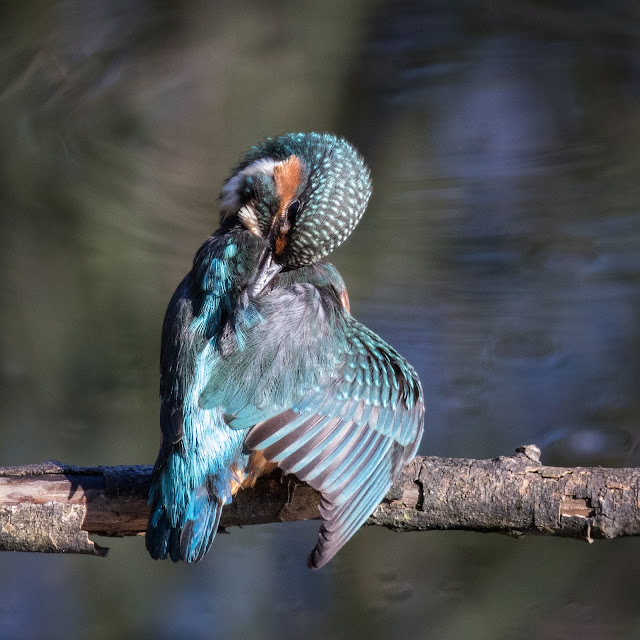
This is a wall (Lasiommata megera) which I see less often these days. It used to be a common visitor to my garden.
The speckled wood (Pararge aegeria), on the other hand is much more common than it used to be only a few years ago and is now one of our commonest butterflies.
A few from the garden this week . A red admiral (Vanessa atalanta).
A comma (Polygonia c-album).
And a small tortoiseshell (Aglais urticae).
There have also been peacocks in the garden but I haven't seen a painted lady this year.
















































